Tropical Fruits Central to Cuban Cooking Traditions
9 min read Explore the vibrant tropical fruits that form the foundation of authentic Cuban culinary traditions and their role in flavoring dishes. July 12, 2025 06:05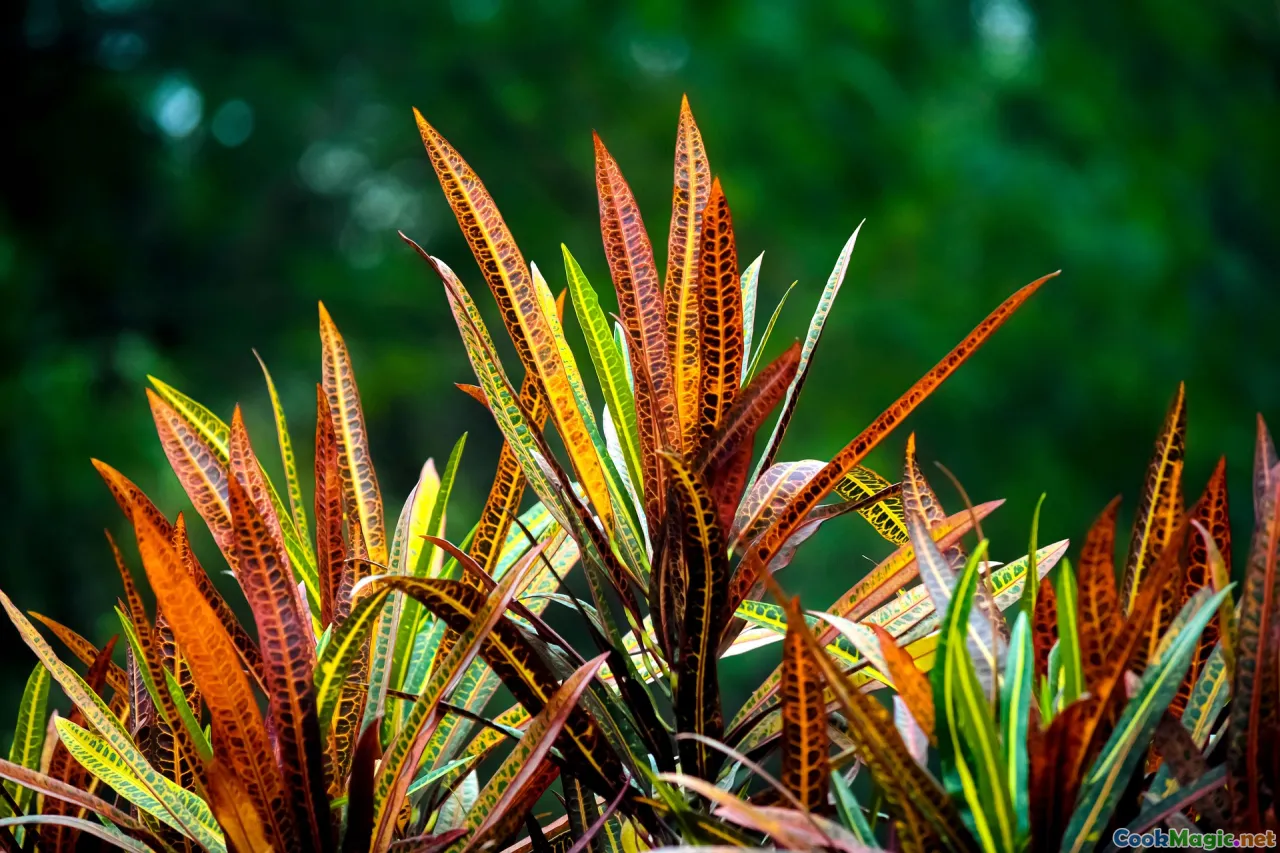
Tropical Fruits Central to Cuban Cooking Traditions
Imagine walking through a bustling Cuban mercado at dawn: the air is thick with warmth and the sweet aroma of tropical bounty. Vibrant stalls overflow with bright yellow mangos, ruby-red guavas, and lush green plantains, each fruit whispering stories of centuries-old traditions. In Cuba, these tropical treasures are far more than mere ingredients—they are the soul of its cuisine, woven into its history, customs, and everyday life. To truly appreciate Cuban food, one must explore the rich tapestry of tropical fruits that have shaped its flavors, techniques, and cultural identity.
The Heart of Cuban Cuisine: A Tropical Garden
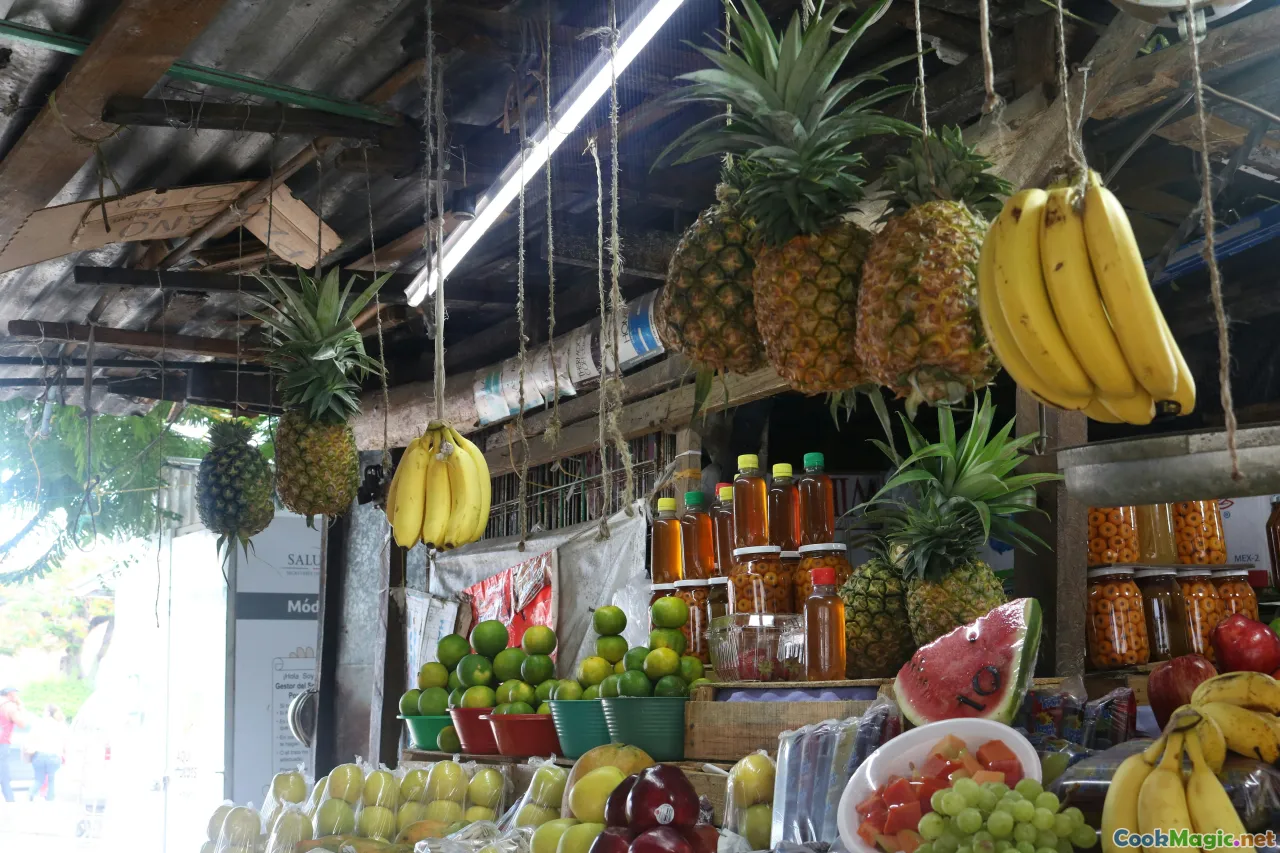
Cuba's geography and climate create the perfect playground for a vast variety of tropical fruits. From the fertile plains of Ciego de Ávila to the coastal valleys of Santiago, fruit trees flourish, offering a bounty that has sustained generations. These fruits are woven into traditional recipes, festive dishes, and even daily routines. Like a vibrant palette, they lend color, aroma, and flavor to countless recipes passed down from Cuban ancestors.
The Iconic Fruits that Define Cuban Culinary Identity
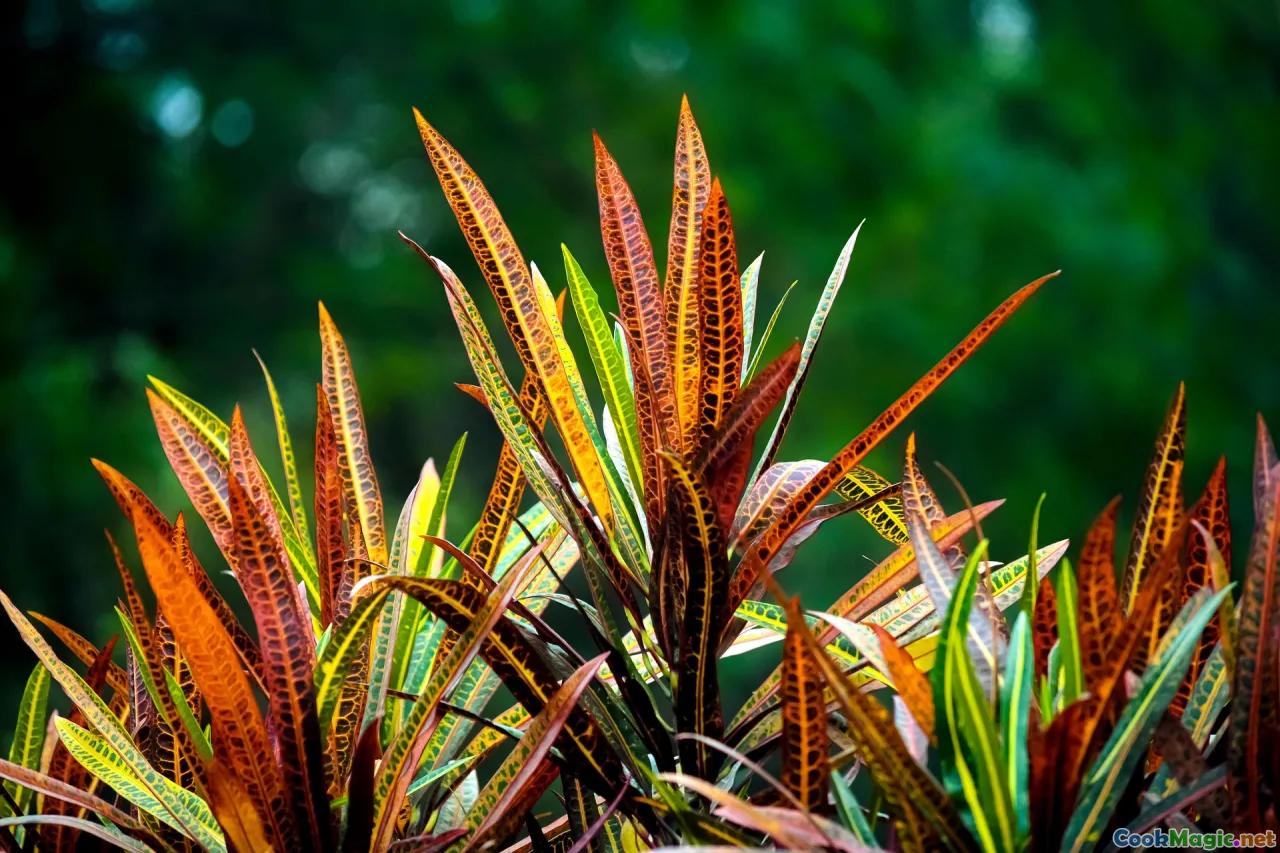
Cuba's tropical arsenal includes an array of fruits beloved by locals and treasured by chefs:
- Mango (Mango Ataulfo and Haden varieties): Juicy, fragrant, with a tender flesh that drips with sweet nectar, mangoes invoke images of lazy afternoons and balmy breezes. They’re eaten fresh, blended into smoothies, or incorporated into vibrant salsas.
- Guava (Pomegranate-like aroma, pink flesh): With a floral aroma and a slightly gritty texture, guava is used in everything from jams to beverages. Its sweet-tart flavor is a cornerstone in many traditional desserts.
- Plantains and Bananas: Beyond mere snacks, plantains are hero ingredients in dishes like maduros (sweet fried plantains) and mofongo, offering a starchy counterpoint to savory flavors.
- Coconut (Coco), both grated and milk: Its creamy, rich taste is fundamental in puddings, stews, and refreshing beverages like coconut water and aqua de coco.
Traditional Dishes Infused with Tropical Fruits
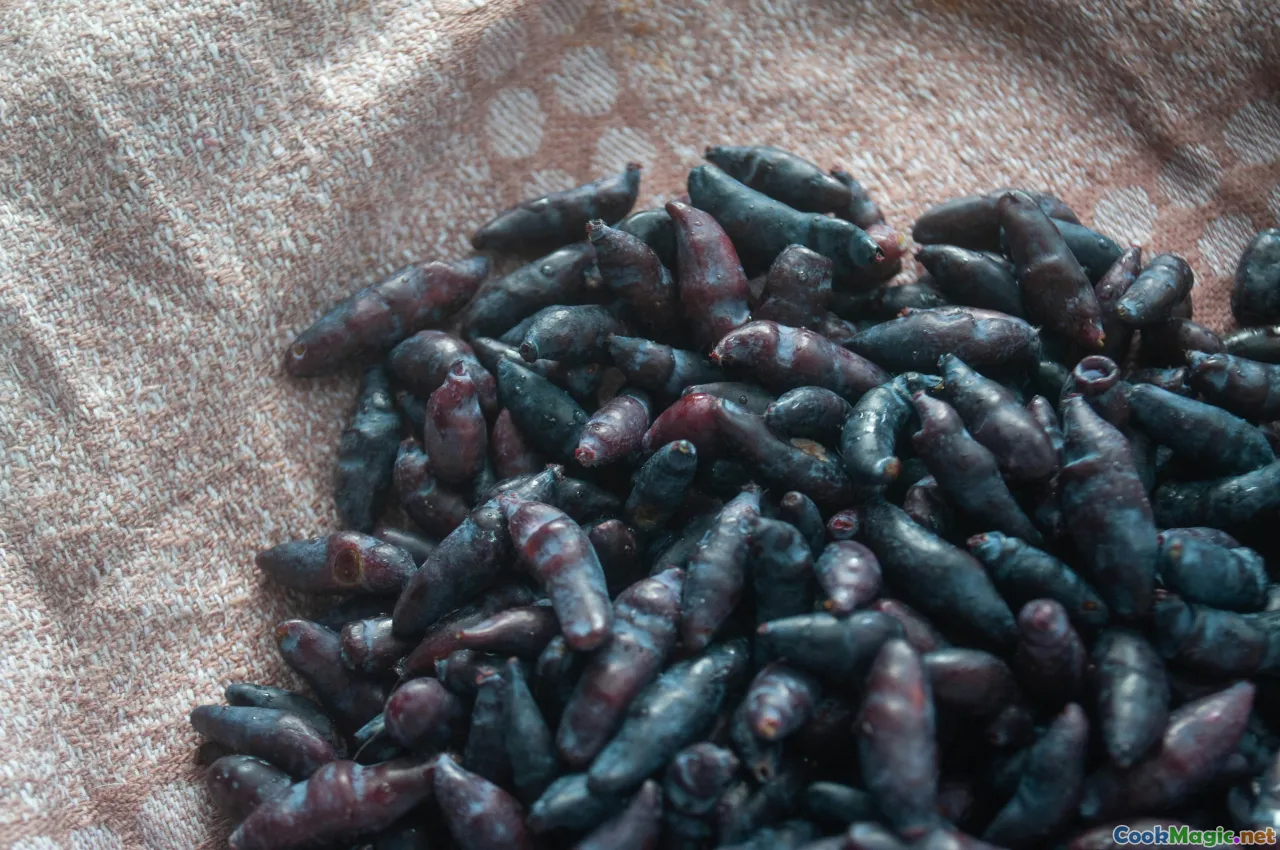
Many classic Cuban dishes celebrate these fruits, elevating everyday ingredients to culinary art:
- Mango and Avocado Salsa: A staple accompaniment, this salsa adds a sweet and tangy burst to grilled fish or roasted pork, balancing smoky char with tropical brightness.
- Mango-infused Rums: Cuba's renowned love affair with rum finds a fruity twist here—ripe mango slices steeped with fiery cuban rum produce a flavorful infusion that sparks desserts and cocktails.
- Guava Paste (Bimby): Thick, sticky, and intensely sweet, guava paste becomes the filling for pastelitos, a flaky pastry that evokes warmth and nostalgia.
- Cuban Fruit Salad (Ensalada de Frutas): A colorful medley of fresh mango, pineapple, guava, and banana, dressed simply with lime juice and a hint of mint.
- Mofongo with Plantains and Root Vegetables: Tuberous plantains mashed with garlic and pork cracklings form a hearty foundation, often enriched with a medley of tropical vegetables.
Celebratory and Festive Uses of Tropical Fruit
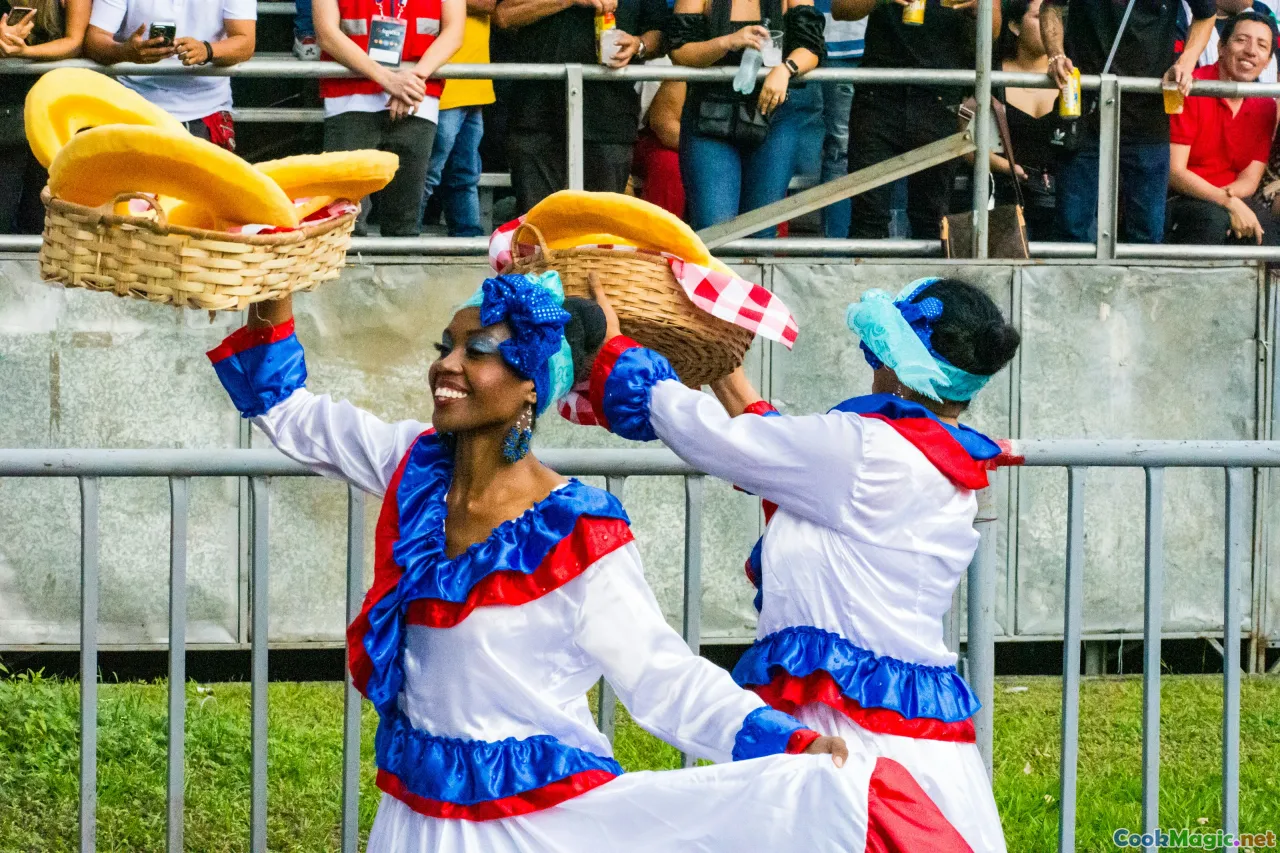
In Cuban festivals—such as the Carnaval de Santiago or Fiesta del Chocolate—tropical fruits surge into the spotlight:
- Fruit Carvings and Centerpieces: Mango and papaya are intricately carved into vibrant displays, showcasing artistry and respect for tradition.
- Sweet and Spicy Fruit Glazes: Fruits like pineapple and guava are simmered with cinnamon and clove, becoming glazes for roasts or fillings for festive pastries.
- Fruit-Infused Drinks: Cooling, vibrantly colored cocktails like a frozen mango daiquiri or guava mojito are crowd favorites, often served during lively dances and celebrations.
Harvesting and Cultural Significance
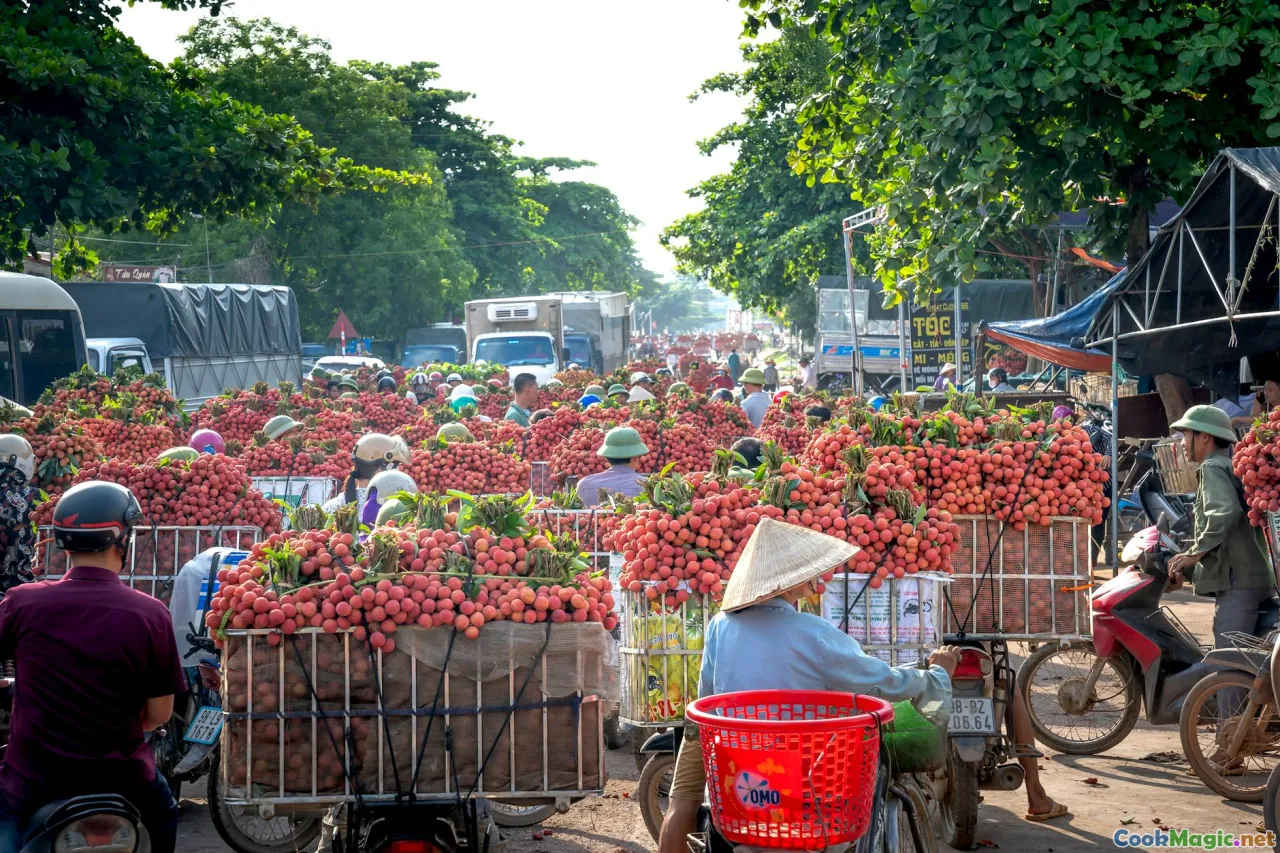
Traditionally, the harvesting of tropical fruits in Cuba is an event that involves entire communities. Farmers, often working in family-run plots, handpick mangos still warm from the sun or gently pluck bright guavas from branches. These harvests are a reflection of respect for nature's cycles—integral to the island’s cultural rhythm.
Historically, the cultivation and exchange of fruits like guava and mango spanned from indigenous Taíno traditions to Spanish colonists and African influences. These fruits became symbols of abundance, resilience, and hospitality.
Cooking Tips: Making the Most of Tropical Fruits
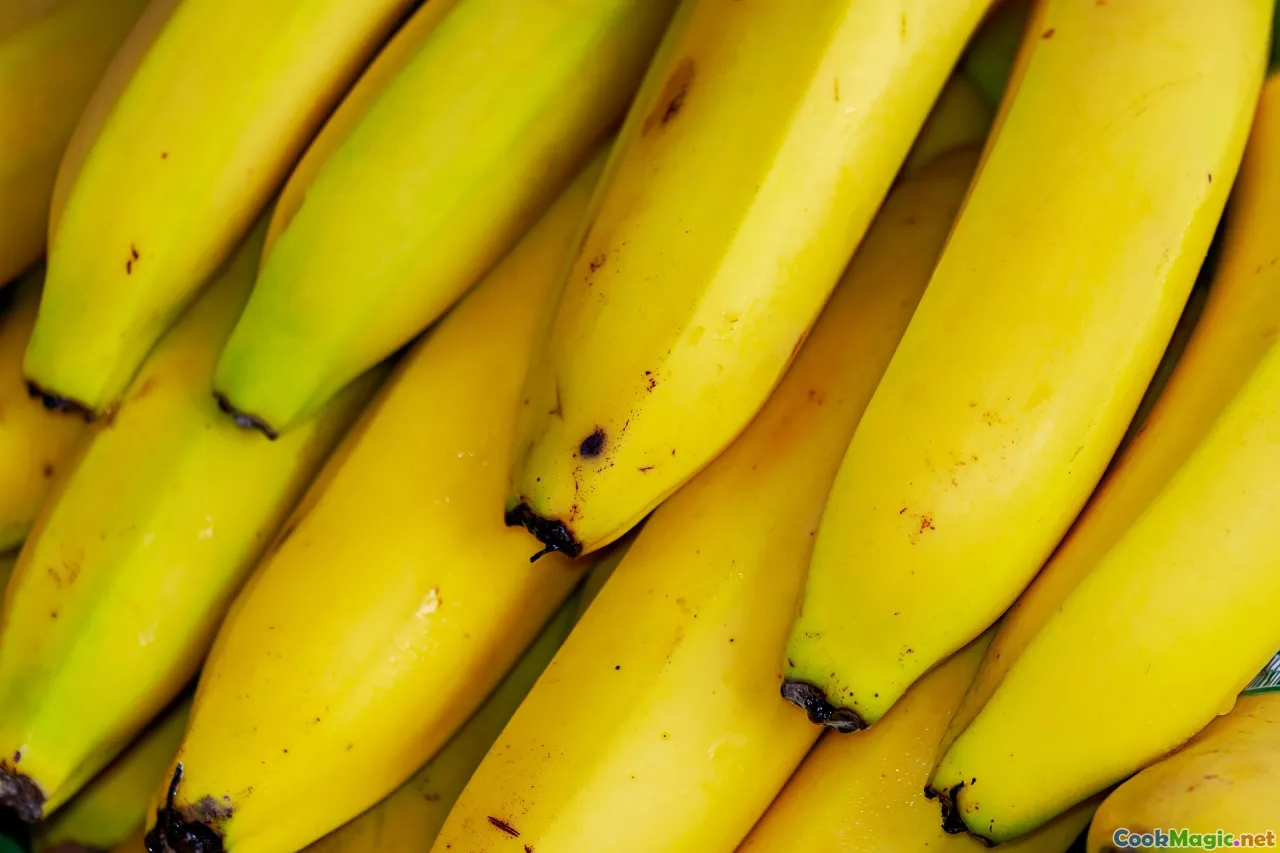
To unlock the full flavor of Cuban tropical fruits:
- Select ripe, fragrant fruits: For mangoes, look for that sweet aroma and slight softness. Guavas should yield gently to pressure.
- Pair with bold flavors: Use spices like cinnamon, clove, or chili to accentuate their sweetness.
- Use in both savory and sweet dishes: From glazes to salsas, tropical fruits are versatile.
- Keep them cool but not cold: Especially for ripening or fresh consumption, keeping fruits at room temperature allows their flavors to fully develop.
Personal Reflections and Cultural Ties
Growing evidence from the vibrant markets, traditional family recipes, and local stories, I find that these fruits symbolize more than flavor—they embody Cuba’s spirit of resilience and joy. Each ripe mango or fragrant guava transported me to memories of shared meals, lively music, and warm homes.
In day-to-day life, tropical fruits remind Cubans not just of nature’s abundance but of their history and identity—an ongoing story told through bäutifully sliced fruit bowls, spirited festivals, and slow-simmered stews.
Final Flavors: The Enduring Legacy of Tropical Fruits in Cuban Cuisine
From the lush orchards that line Cuba’s landscapes to the intimate kitchen tables where family recipes are treasured, tropical fruits are indispensable to Cuban cuisine. Their vibrant hues and complex flavors mirror the island’s cultural mosaic—diverse, lively, and rooted in tradition. Whether celebrating a festival with carved mango displays or savoring a simple mango and lime juice on a sizzling day, these fruits continue to nourish body and soul alike.
The next time you experience Cuban dishes, remember that behind every note of sweetness, every burst of aroma, lies a history of tropical abundance—an enduring testament to a land where the flavor of the tropics is woven into the very fabric of life.









